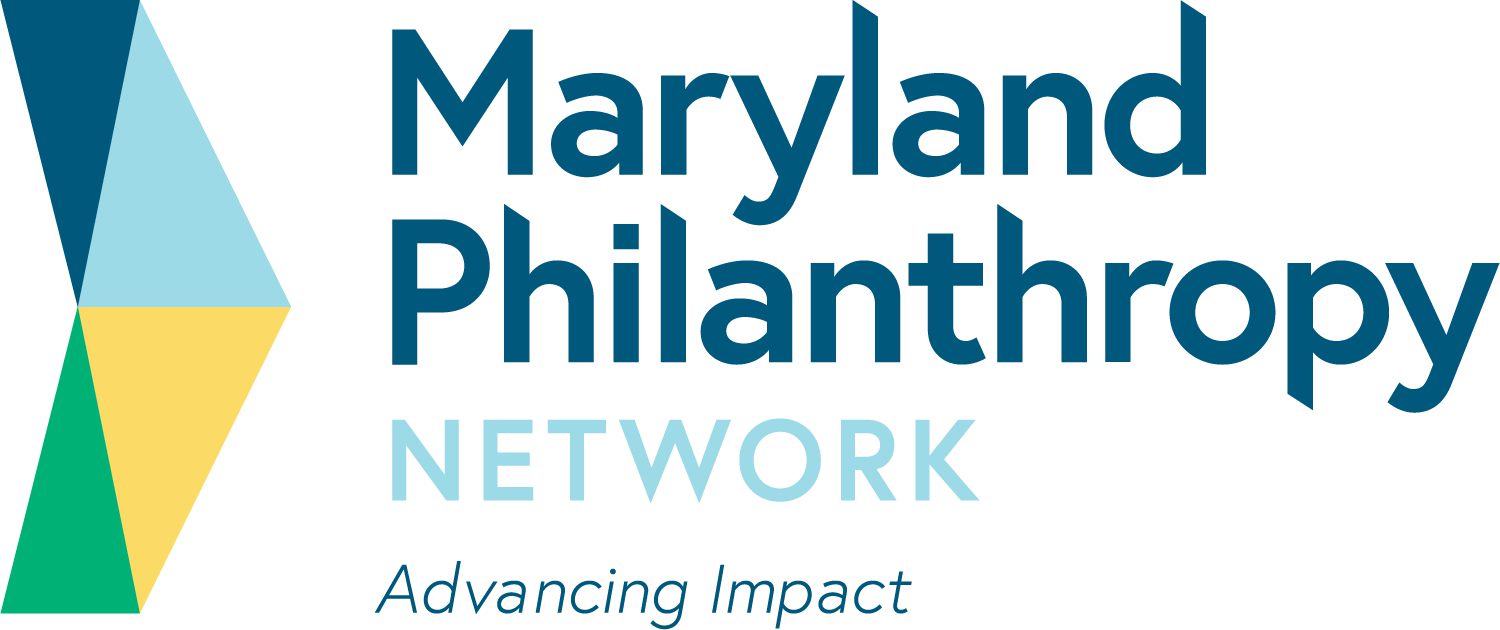It’s Time to End Nonprofits’ Hand-to-Mouth Way of Life
It is not news to anyone that the Covid-19 pandemic has been hard on nonprofits, many of which are working with the communities hardest hit by this disease. In the past month, many nonprofit organizations have been on a pause. Others have had to rethink or sharply curtail their services, even as they face unprecedented demand. As a result, nonprofits have seen unprecedented numbers of layoffs, furloughs, and closings. We may not have a full accounting of how many for months yet, as the economic storm continues to rage.
Right now, though, one thing is clear: It took only a month for a significant proportion of the nonprofit industry to come unglued financially. This is partly because, structurally, nonprofits are not encouraged — maybe not even allowed — to have glue.
We have just become painfully aware of what happens when nonprofit organizations do not have capital reserves. In a recent survey of foundation-funded grantees by the Center for Effective Philanthropy, most nonprofits reported they had either failed or risked failing to cover essential costs in the past three years.
The sad irony is that many nonprofits seek to help low-income individuals gain the kind of financial literacy that helps them get out of the cycle of living paycheck to paycheck. Yet for too many nonprofits, operating without reserves is a way of life.
Click here to read the full article.
Source: The Chroncile of Philanthropy

